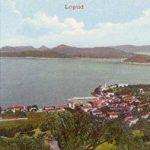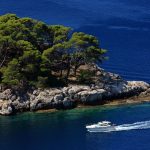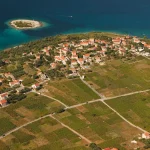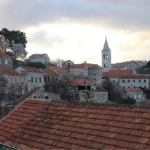Croatia, the land of more than 1000 islands, but only a handful are inhabited – 47 apparently, with another 20 recently abandoned. In a new series on TCN on January 4, 2017, we take a closer look at the inhabited islands of Croatia, starting with Zirje, which guards the entrance to the Sibenik archipelago.
Blessed with so many islands, how do you choose which of Croatia’s Adriatic beauties to visit? Are they all more of less the same?
Absolutely not!
As our recent article, 25 Things to Know about Croatian Islands, showed, there is an incredible diversity hidden in these islands, and while the majority of them are uninhabited, there are at least 47 which are inhabited, with 20 more recently abandoned. Sadly there is little information about many of these islands, something we will try and address in a new series on TCN – Discover the Inhabited Islands of Croatia.
Given that information is hard to find, if you live or have connections to some of the lesser known inhabited islands, and would like to contribute to the series personally, or send in information and photos to be used, we would love to hear from you on news@total-croatia-news.com
We start with a wonderful island, which captured my heart while filming there a couple of years ago – Zirje.
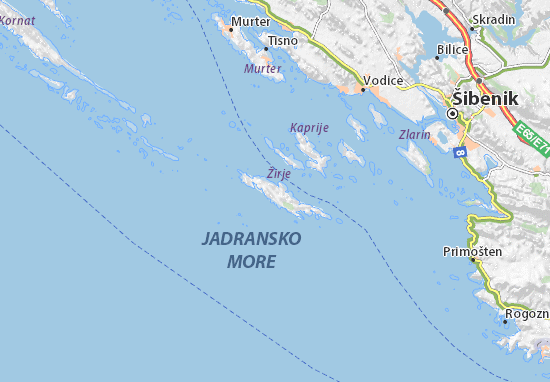
With a size of just over 15km2, Zirje is a beautiful island of pretty bays, breathtaking views, small communities dotted around the island, and a land where the traditional rule of law in Croatia seemingly does not tread. Never have I been to a place in Croatia where cars without licence plates outnumbered more legal cars by two to one. The reason soon became clear, as it is part of both the economic reality, as well as the lack of national interest in this almost forgotten outpost, which is the last piece of land before Italy.
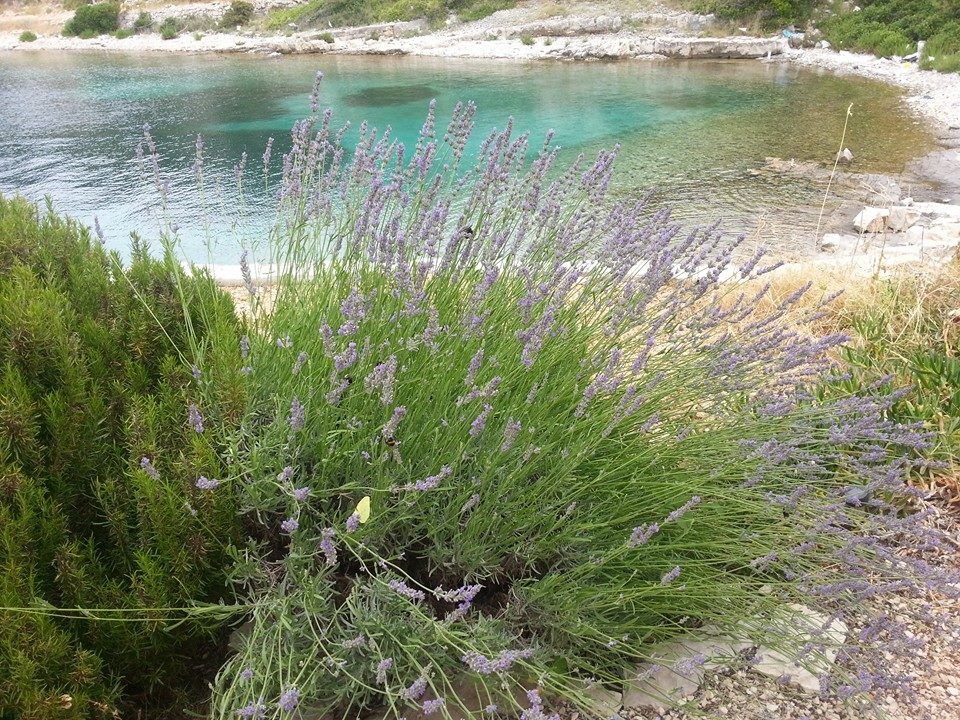
In its glory days, the population of Zirje was more than 1,000. Today the full-time population is just 50, with that number swelling to 400-500 in the summer, as home owners based in Sibenik and a few tourists swell the numbers. It is an idyllic place for people wanting to escape the trappings and pressures of modern life, and Robinson tourism is one area of island life which is expanding. Despite being off the established radar, we came across tourists from Germany, Switzerland and Holland, and I even met an Austrian lady who had bought property on the island and spent at least three months a year there.
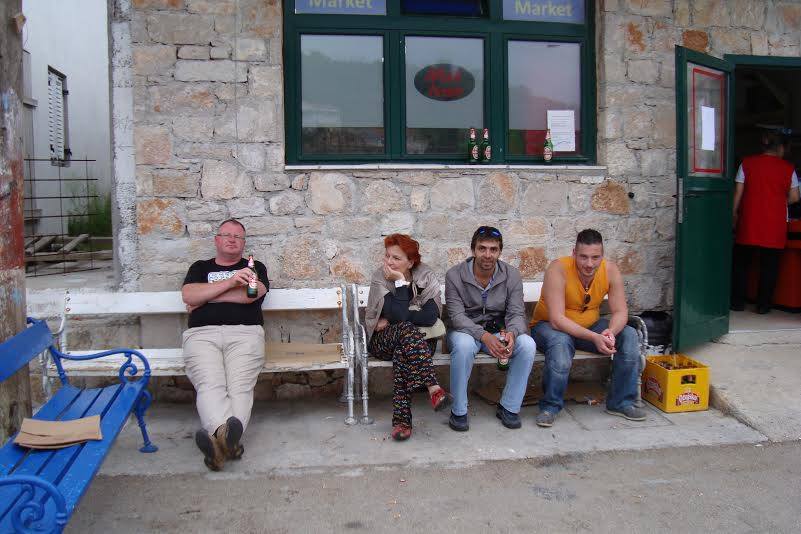
There is no Internet, no running water, and electricity is restricted to small pockets of the island. There is only one small shop, which does not even stock basic essentials such as meat, but does serve as the only full-time bar on the whole island, and locals sit on the bench in front and watch the world go by. An indication of how important this is to island life and the shop itself lies in the prominent display space given to the cases of Karlovacko inside.
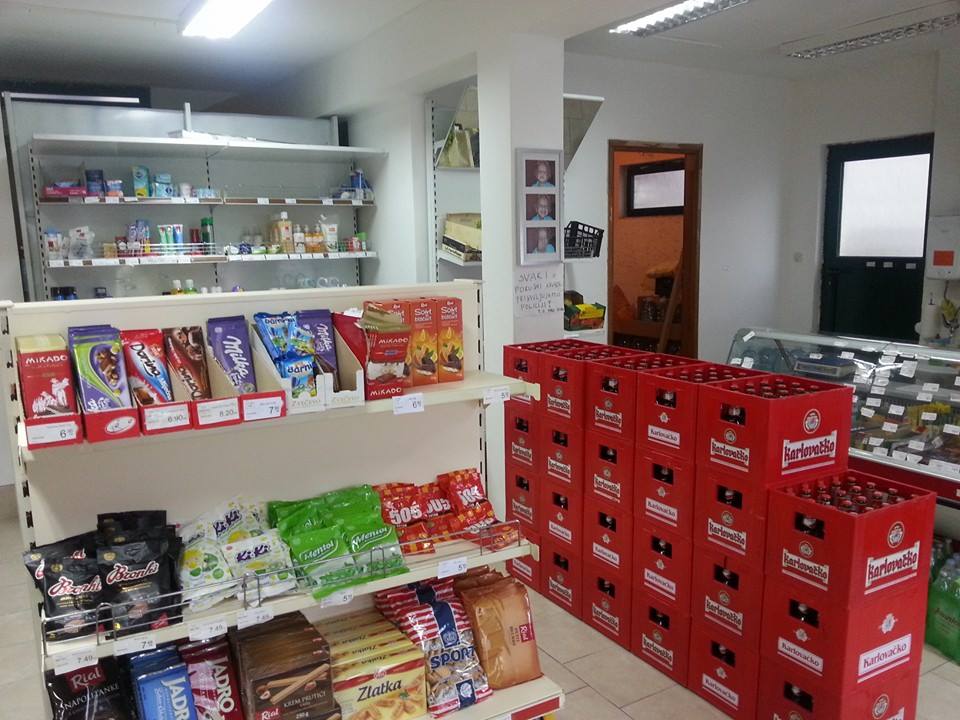
The daily realities put life into context. The school closed in 1964, and so there are no education possibilities for children, which has resulted in the youngest full-time resident being 29. There is no doctor, and the police station closed some time ago, which has perhaps been a contributing factor in the registration of cars. There is no petrol station on Zirje, and fuel must be purchased on the mainland, although it is illegal to bring it on the ferry. The simplest supplies such as meat have to be purchased in Sibenik, a 90-minute ferry ride away, although there are also some fascinating food delivery examples, such as the fresh eggs delivered to Tratinska, a Robinson tourism complex which was the base for our stay.
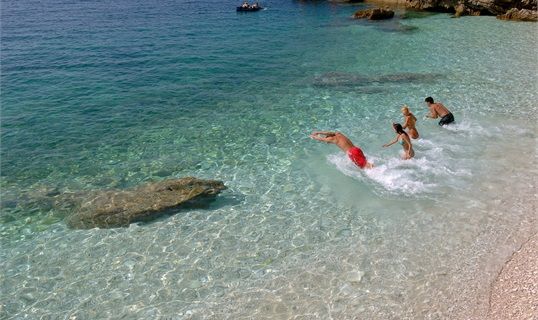
Run by Marin and Sanja Cvitan, Tratinska represents a hopeful future for the island, with a focus of adventure and Robinson tourism. Marin and Sanja are a young couple from Split with roots on Zirje, who divide their time equally between the two, running a successful restaurant and accommodation business despite all the logistical problems, as well as a diving centre and sailing school. You can learn more about them and their business on their Secret Island website.
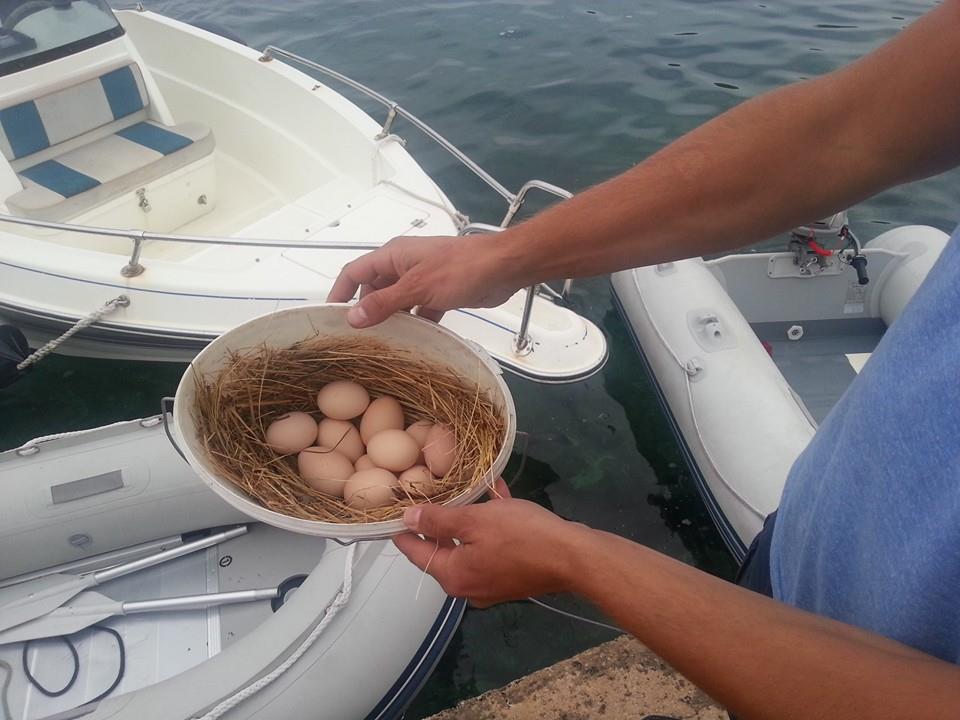
(Fresh egg delivery by boat)
Diving was one of the reasons we visited Zirje, for it is home to two significant shipwrecks, one of which dates back to the 1st or the 2nd century B.C. but no research was conducted on its remnants; instead, nets were placed under the sea to protect them from looters. According to the shape of the amphorae, it is assumed their origins are Mediterranean. This was the first filming we did, in a role play which included the antics of the legendary pirates of the region.
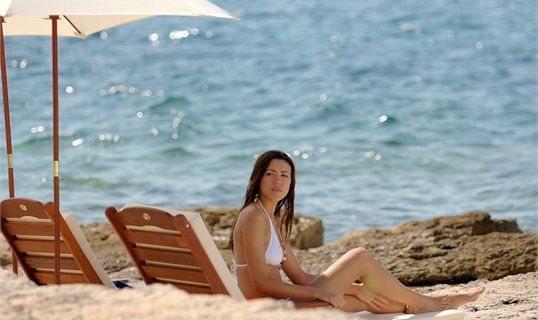
The real treasure of Zirje, however, was the Roman fortress of Gradina, which we hiked up to, only to be met by several Roman guards, who were defending the fortress. It was a spectacular setting, with just the open sea to Italy in one direction, and uninhibited views of Zirje and other surrounding villages in the opposite direction.
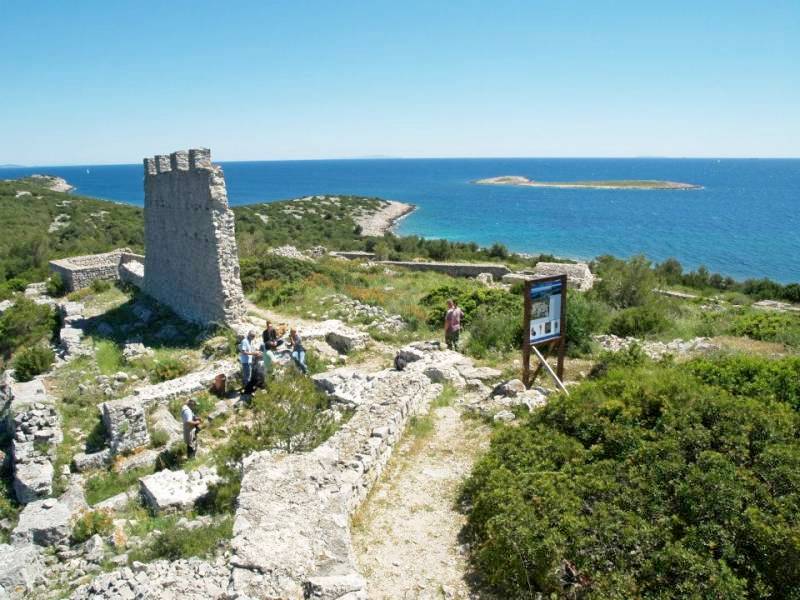
The island’s location and clear views have made it an important location throughout history, and Zirje has played a crucial role in some of the region’s most important historical moments, not least in the recent war in former Yugloslavia, when local fishermen managed to persuade the JNA military stationed there to leave, thereby taking over the artillery which was trained on strategic points near Sibenik.
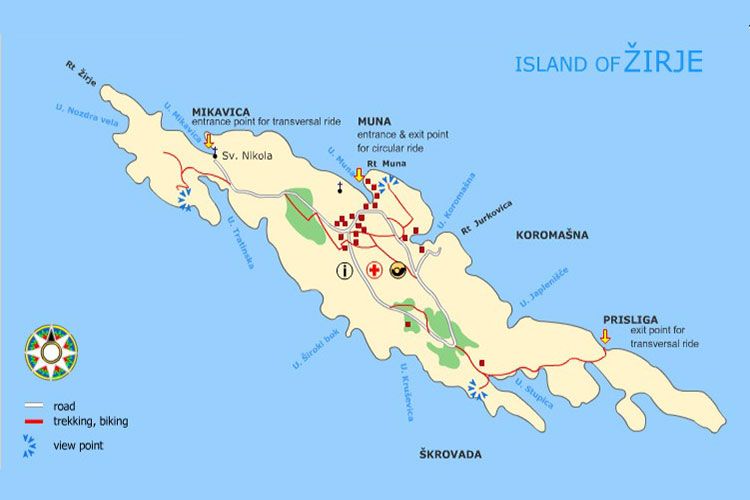
If you are looking for the trappings of modern tourism, Zirje is not for you, but if you are looking for an insight into the realities of island life, coupled with a true escape from the modern world, there can be few better examples in the whole of Croatia.

Zirje is connected to the mainland all year, with daily ferries from Sibenik, which take 90 minutes each way. Cars are allowed.
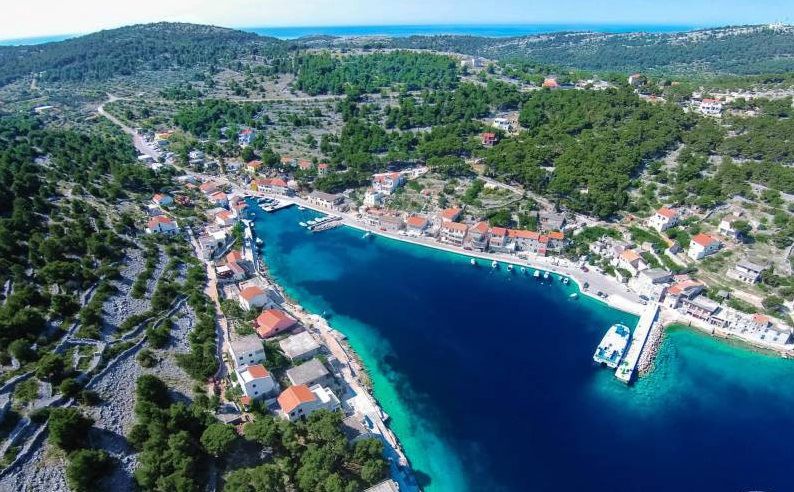
I would point you to a useful tourist board website for more information, but all I can find is this.


